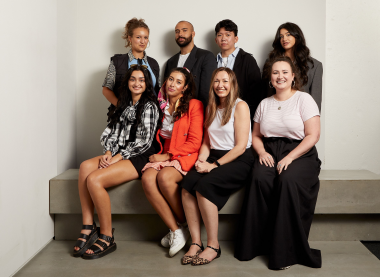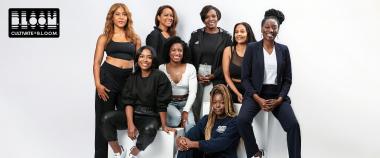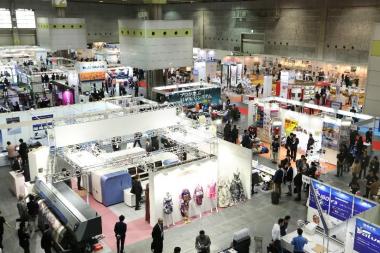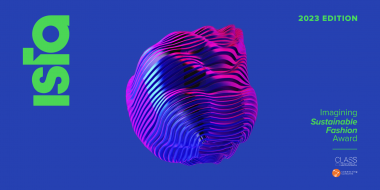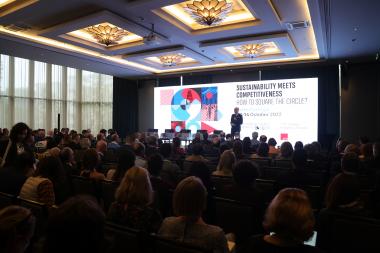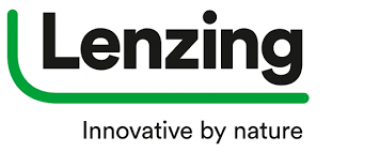Beste x HeiQ AeoniQ™ launch first collection
Beste x HeiQ AeoniQ™ announce their partnership with the launch of a capsule in the CARPINI collection at Milano Unica. The fabrics including HeiQ AeoniQ™ are crafted by the Italian textiles manufacturer Beste, well known for supplying high-end fabrics for premium and luxury brands.
The fabrics capsule collection for S/S 24 includes 12 articles made with 100% HeiQ AeoniQ™, linen, and HeiQ AeoniQ™ blends, and cotton and HeiQ AeoniQ™ blends in several different proportions.
The collection is named FLOW, as related to the movement of water and air to be in tune with Nature’s balance and rhythm, with a color range including hay, black, water, caramel, violet, dust, denim, lime, and cobalt.
With this initiative, Beste becomes the first partner to incorporate the HeiQ AeoniQ™ fiber into its active fabric portfolio, and also its Tessuteka, the library that keeps all the fabrics produced by the company since 1993.
For Carlo Centonze, HeiQ’s CEO “the partnership with Beste makes total sense for all the values embodied by HeiQ AeoniQ™ that we both share, namely its commitment to circular ethics, practice and promote sustainability, and have a positive impact in the environment while also creating new business opportunities that the market and the Planet so urgently need.”
According to Giovanni Santi, Beste’s CDA president: “Beste SpA benefit company is strongly committed to developing a positive and responsible impact over the environment and the social fabric it is surrounded by. To meet this precise criterion, we use HeiQ AeoniQ™, a new biodegradable fiber developed by HeiQ, a Swiss chemical company that is Beste's constant partner in this indispensable green revolution. The introduction of HeiQ AeoniQ™, namely a fiber that is cellulosic in nature but with characteristics and performances similar to polyester ones, concerns a significant step in the reduction of CO2 emissions and plastics. It is not only a responsible choice, but it also deals with a precise and courageous positioning in the constant battle in favor of our planet by starting from the textile innovation front.”
The new Beste x HeiQ AeoniQ™ fabrics will be displayed at Beste’s booth during the Milano Unica trade show from January 31st to February 2nd, in Milan, Italy.
HeiQ








